The gender
according to the psychiatrist Vittorio Lingiardi
by Vittorio Lingiardi
The vocabulary that defines gender, identity, and sexual orientation has increased in the last few years. The landscape has become vast and articulated, lived by multiple subjectivities. Some seem to have deep roots in psychic and historical reality. Others seem more transitory and volatile. The language is constantly updated, and there is no lack of controversial ideas and strong positions both on the conservation side and on that of innovation. Let’s try to get our bearings. What is gender? «A copy for which the original does not exist», Judith Butler would say. Every age redefines what “male” and “female” are. Our era has begun to define also what is not binary. In the psychological field, we are used to considering the concept of gender from two dimensions: identity and role. The first refers to the feeling of belonging to the male, the female, or an alternative gender that may or may not correspond to the “sex assigned at birth”. The second refers to behaviours and attitudes that within a society and a given historical period are typically expected, preferred, and attributed to a specific gender. In other words, it concerns our expectations about roles and styles that “Man” and “Woman” should cover. For example, a man must be strong. A man who cries is weak. It is easier to define what is sex or the biological state of an individual: female, male, or intersex (i.e. atypical combinations of sexual characteristics that may concern the external genitalia, reproductive organs, chromosomes, or sex hormones: think about “Middlesex“, the novel by Jeffrey Eugenides, winner of the Pulitzer Prize 2003). The concept of gender should not be confused with sexual and affective orientation, a multidimensional aspect of the experience that indicates who we are attracted to: emotionally, romantically, and sexually. Gender identity and sexual orientation are separate and independent aspects, but they enter culturally into dialogue.
When sex and gender are aligned, we talk about cisgender identity; when they are not, we talk about transgender identity. Formerly, identity issues were addressed in a heteronormative and fundamentally in a binary key, therefore simplified as a consequence of the polarization effect: male vs female, man vs woman (and, in the case of sexual orientation, hetero vs homo). Today, the different components of identity pose us with a complexity (more or less embodied) accompanied by endless questions about the meaning (personal and collective) of concepts such as “identity”, “gender”, and “body”. Gender dysphoria was once quickly diagnosed as “transsexualism” and pathologized as “gender identity disorders”. Whether it happens to the child (early-onset), the teenager (late-onset), or the adult, this condition produces a painful feeling that, in some cases, if not adequately addressed in a medical-psychological way, can even imply suicide thought. There is no single trans identity: lives gathered under this term are varied and articulate. Some people identify themselves with the opposite sex with respect to that assigned at birth, others do not recognize themselves in male-female binarism, and others do not identify themselves in any gender (agender). Taking an adjustment path between gender identity and sex is vital for some. For others, it is less critical. The gender dysphoria in childhood over time can “re-enter” (desisters) or remain (persisters) until requiring endocrinological and/or surgical interventions. Trans identity, genderfluidity, and genderqueerness, are themselves labels in transition. What do we know about gender dysphoria? Scientific assumptions have changed over the decades. Classical interpretations focused on more psychosocial than constitutional factors, i.e., traumatic experiences in caring relationships, entangled relationships with parental figures, secondary symptoms of more pervasive disorders, or extreme dissociative defences. Today, we look at gender variations as multifactorial conditions arising from biological and psychosocial factors. With different degrees and modalities, gender identity is, even before birth (I refer to both hormonal rates in pregnancy and the fantasies and expectations of parents), a construction suspended between biology, psychology, and culture: cohabitation, more or less conflictual, of nature and nurture. In a moment of collective rethinking of genders, between real opportunities and false starts, the increasingly frequent reports in adolescents can, case by case, creatively reflect the need to experiment, contradict, integrate new parts of themselves; or express existential disorientation in search of an identity. The objective of clinical psychology is to safeguard creative drives in the paths of identity, creating spaces of narration and signification that give listening to the experience and depth to self-definition. Freud used to say that poets come before scientists. To enter into the transgender mystery, let us listen to the verses of a poet, Giovanna Cristina Vivinetto:
«Ci vollero diciannove anni
per prepararsi alla rinascita,
per trasformare la distanza tra noi
in spazio vitale, il vuoto in pieno,
il dolore in malinconia – che altro
non è che amore imperfetto. Aspettammo
i nostri corpi come si aspetta
la primavera: chiusi nell’ansia
della corteccia. Capimmo così
che se la prima nascita era tutta
casualità, biologia, incertezza – l’altra,
questa, fu scelta, fu attesa, fu penitenza:
fu esporsi al mondo per abolirlo,
pazientemente riabitarlo».
Vittorio Lingiardi, Psychiatrist and Psychoanalyst, Full Professor at the Department of Dynamic and Clinical Psychology, Faculty of Medicine and Psychology of Sapienza University of Rome


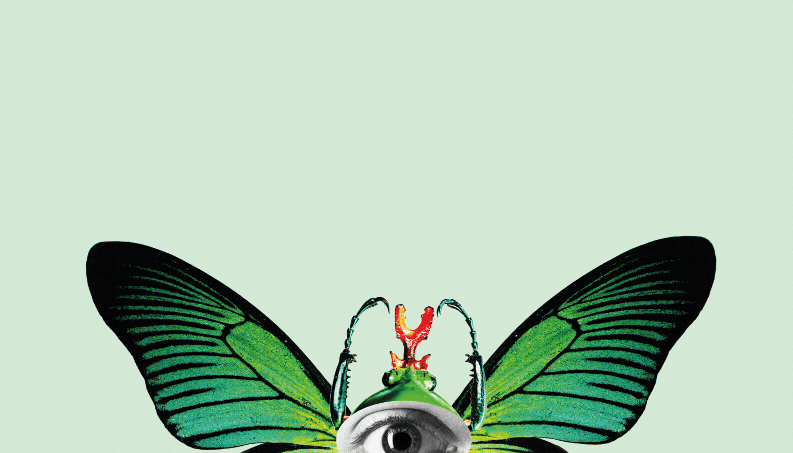


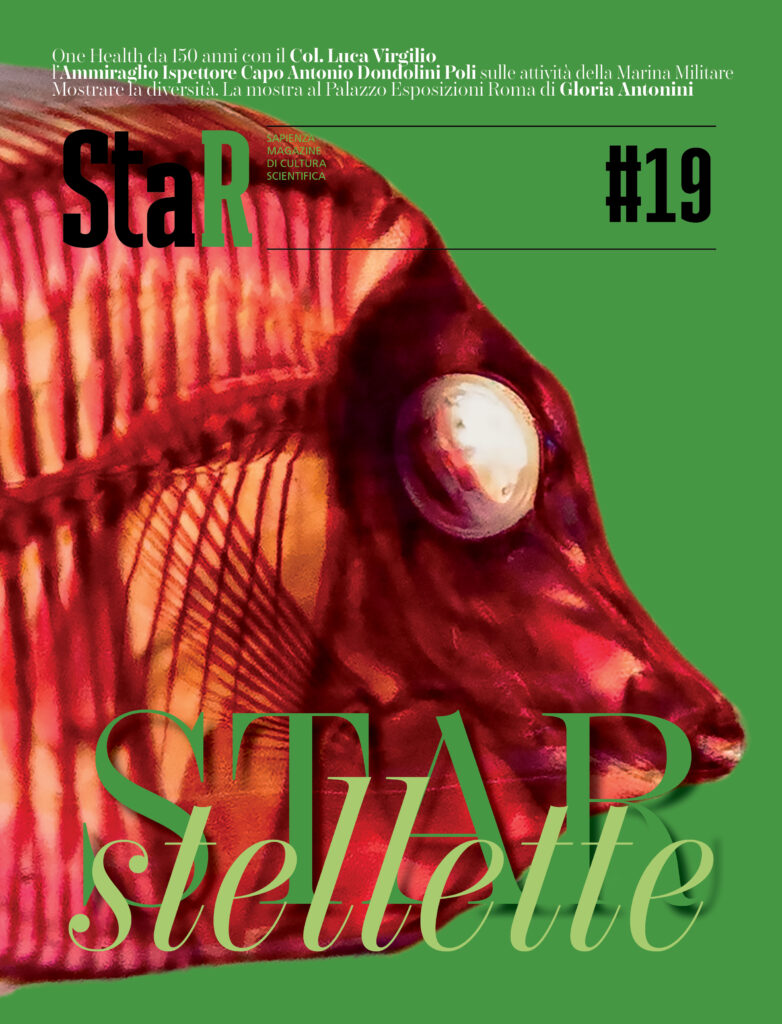





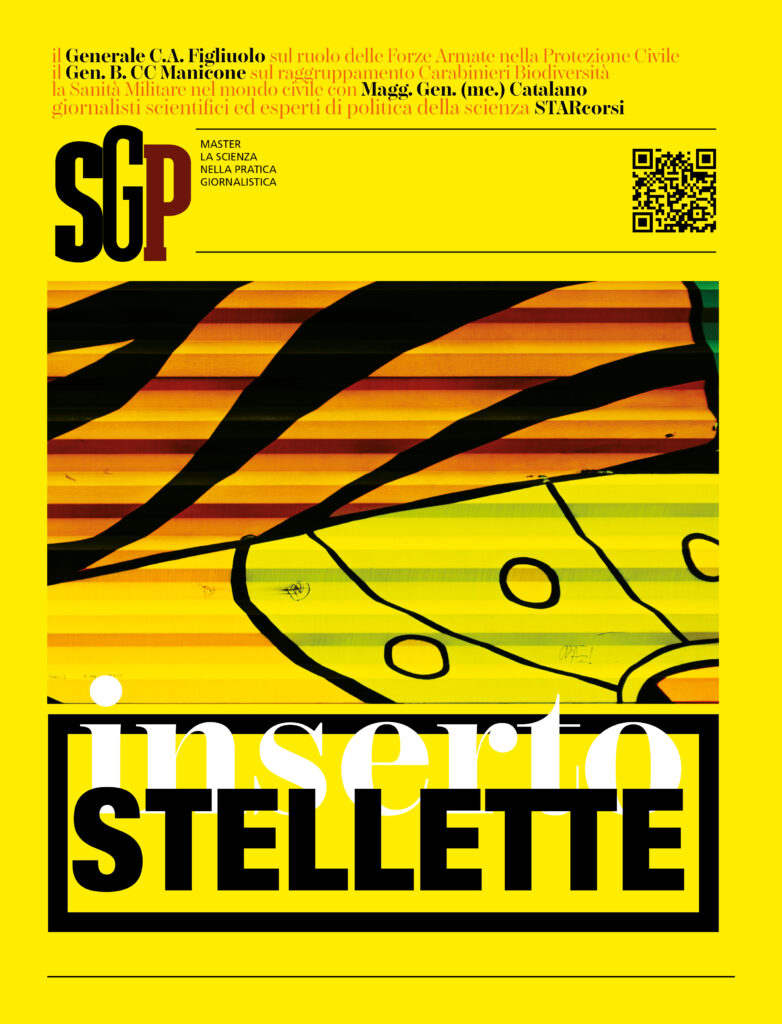

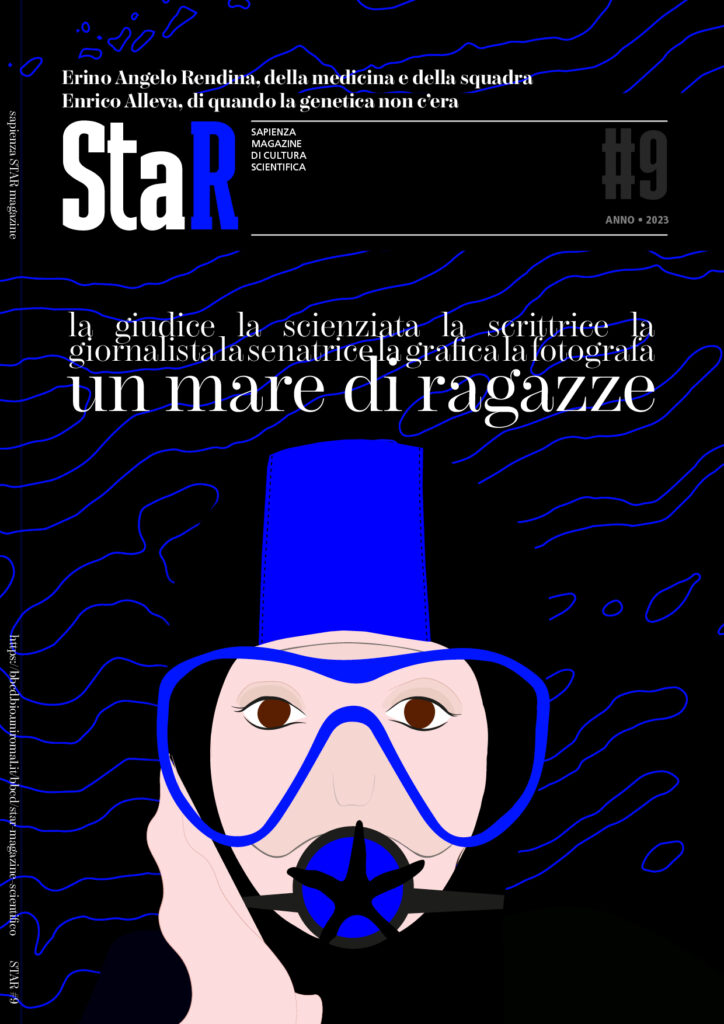
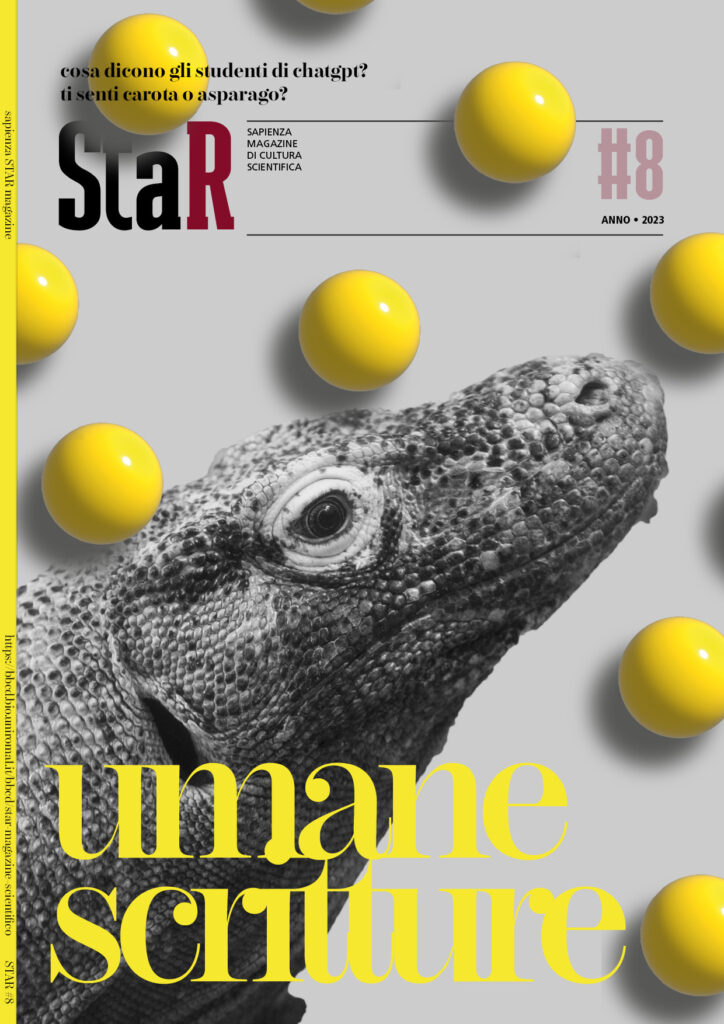
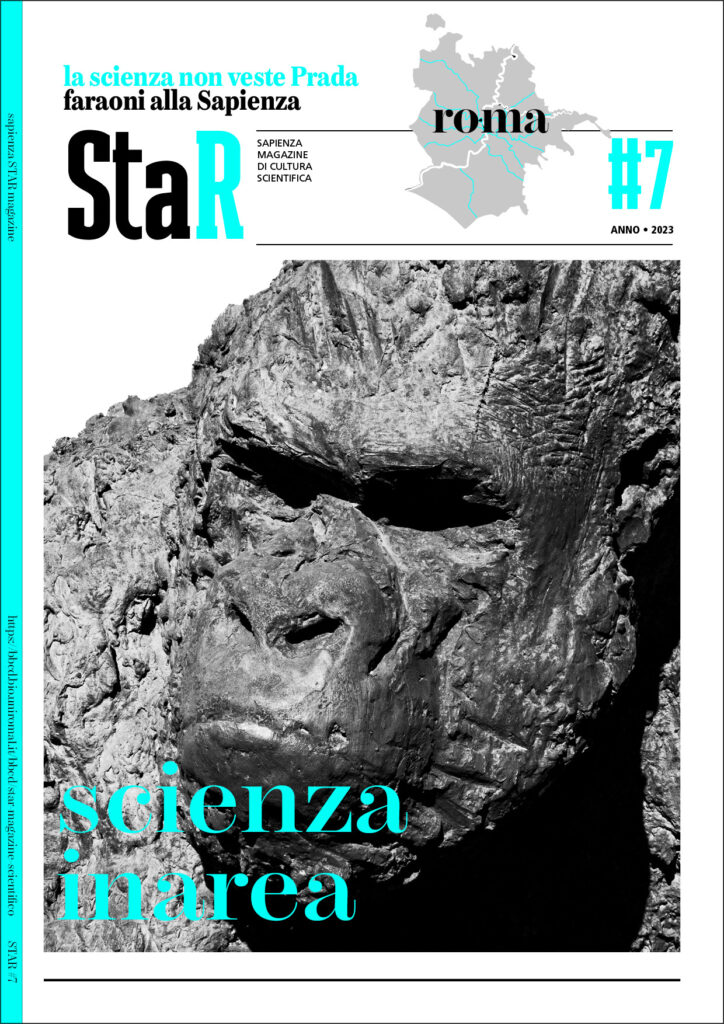

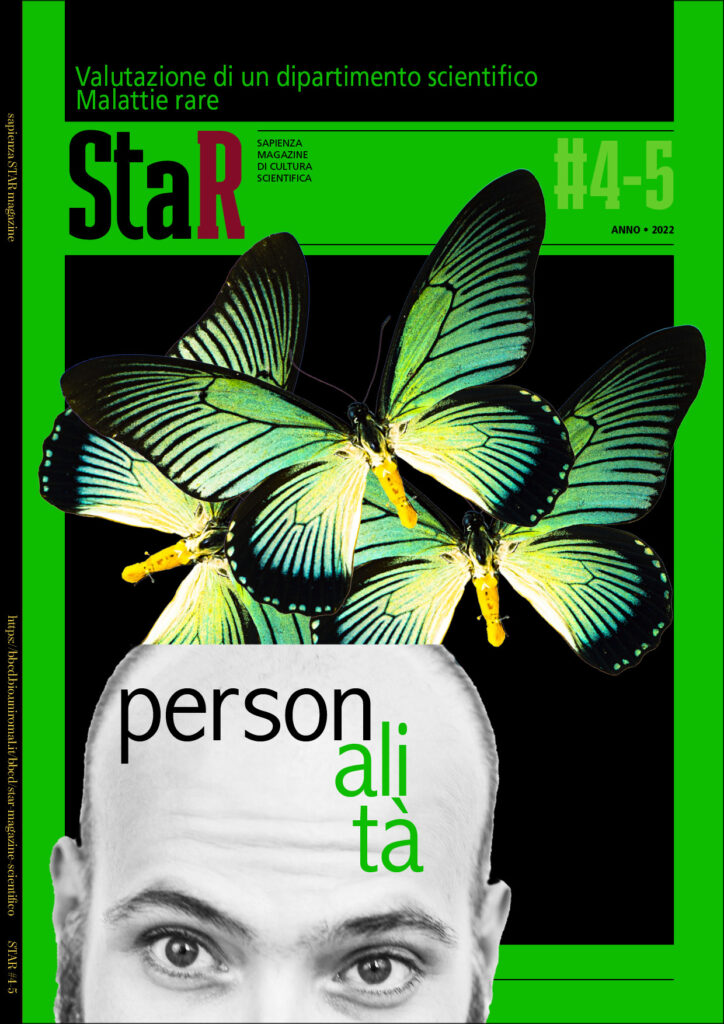

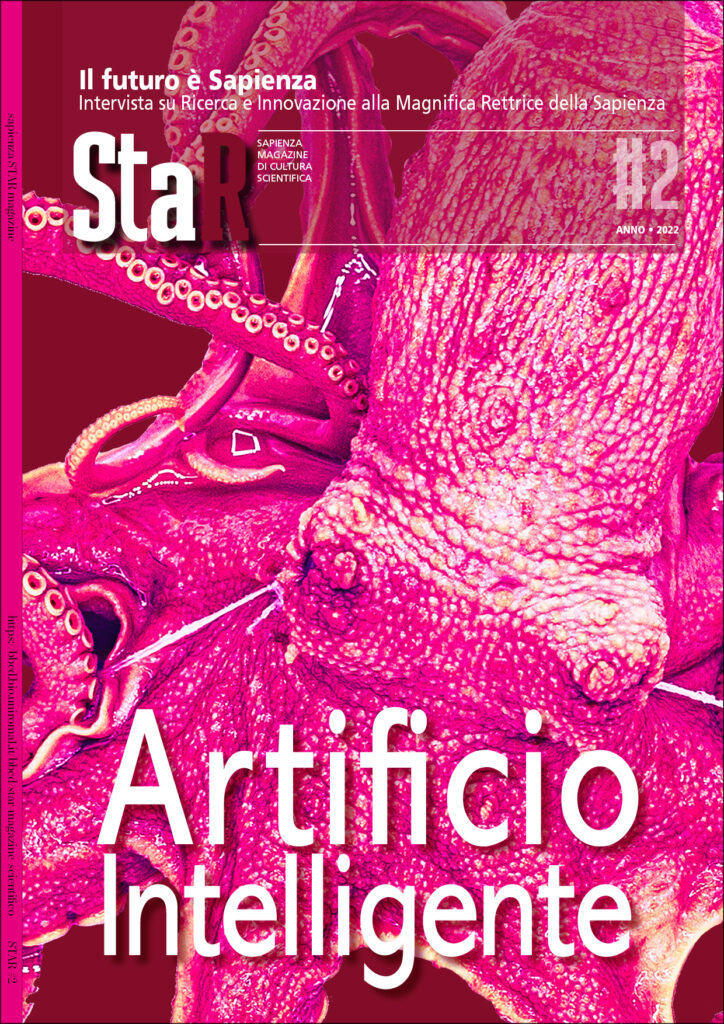

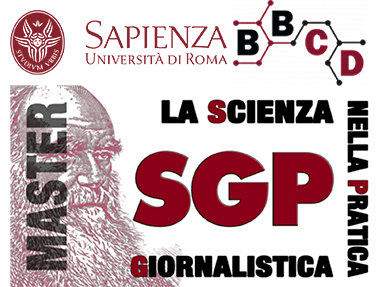
Commenti recenti